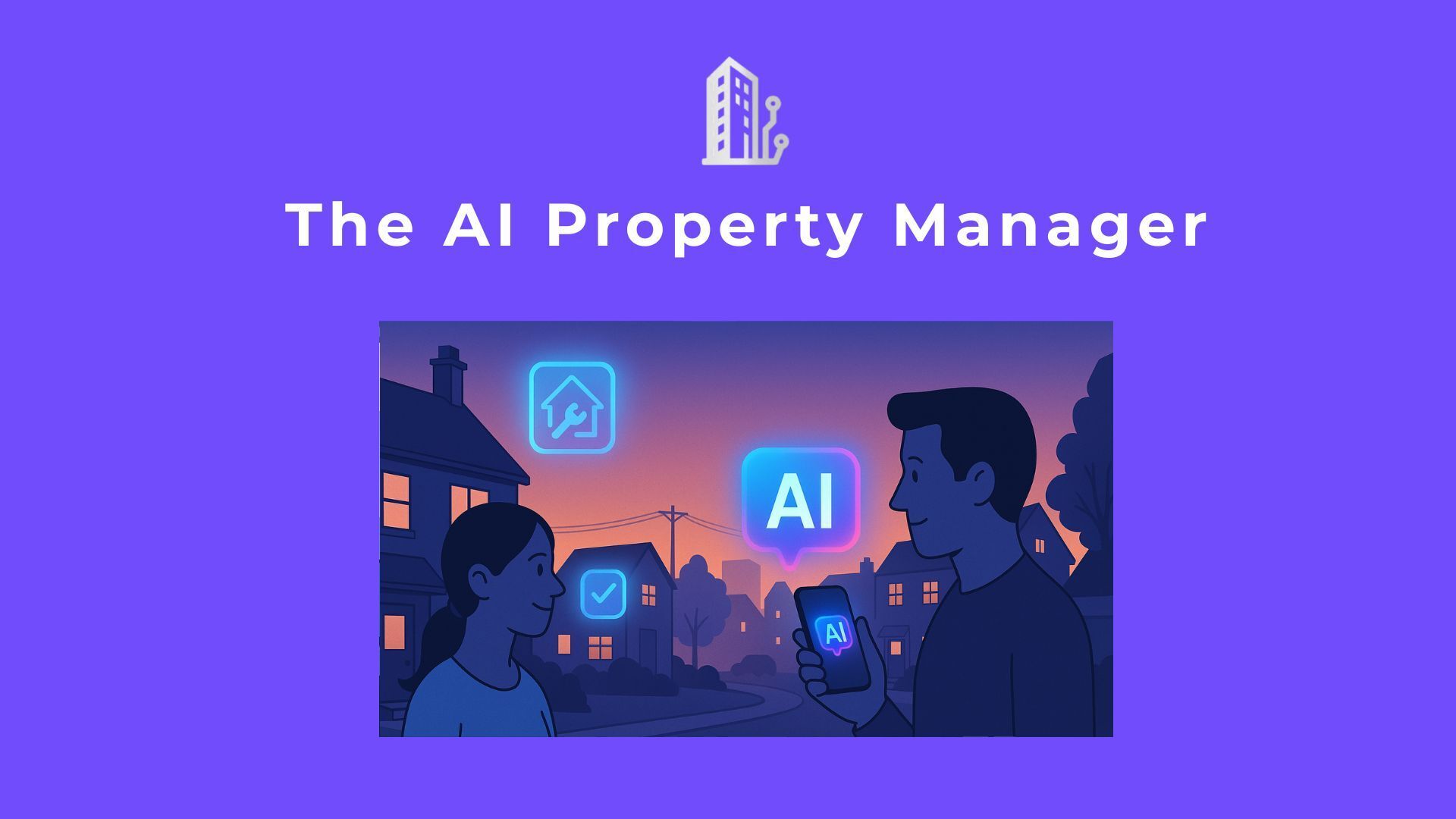- The AI Property Manager
- Posts
- Predictive Maintenance in Commercial Real Estate
Predictive Maintenance in Commercial Real Estate
How AI Prevents Downtime and Protects NOI
Unplanned equipment failures in commercial buildings—like HVAC breakdowns, elevator faults, or pump failures—can cost tens of thousands in emergency repairs, downtime, and lost tenant goodwill. In 2024, CRE operations are under intense pressure: 56% of facilities managers expect higher work order volumes, yet 43% report their teams are understaffed (Source: JLL, 2024) . As budgets tighten and expectations rise, predictive maintenance powered by AI is shifting from a “nice to have” to a strategic necessity.

The State of Predictive Maintenance in CRE
According to JLL’s “State of Facilities Management Technology 2024” report, many FM teams are now turning to automation and tech to handle rising workloads. The report emphasizes that automated preventive maintenance scheduling is among the top outcomes expected from asset software (Source: JLL, 2024) .
Further, the Building Engines / BOMA 2024 “State of CRE Property Management Technology” survey showed that while many CRE firms track basic metrics, only a subset are using AI or advanced analytics for maintenance and energy (Source: Building Engines, 2024) . This gap underscores that adoption is early but with strong headroom for growth.
How Predictive Maintenance Works in Practice?
Data ingestion & sensors:
Buildings today already run on a sea of sensors (temperature, vibration, current, etc.). AI platforms ingest that data and historical work orders, normalizing them into meaningful feature sets.
Anomaly detection & RUL modeling:
Machine learning (ML) models flag deviations from normal behavior or predict remaining useful life (RUL) of equipment.
Workflow automation:
When threshold breaches or impending failure warnings arise, the platform triggers prebuilt work orders, parts orders, and schedules preventive tasks — before a fault escalates.
Continuous learning:
Each repair or event feeds back into the model, refining predictions over time.
Vendors like BrainBox AI, Facilio, and IBM Maximo are leading this charge.
For example, some HVAC systems retrofitted with BrainBox reported ~25–29% energy reductions while operating more reliably (Source: BrainBox AI pilot reports)
Quantitative Impact & ROI
Emergency callout reduction: Projects deploying predictive maintenance consistently report 20–30% fewer unplanned breakdowns.
Energy & efficiency gains: When combined with control optimization, energy savings of 10–20% are observed on top of baseline improvements.
Longer equipment life: Extending asset lifespans by 10–20% is not uncommon if maintenance is timely.
Operational capacity freed: Reduced reactive work means teams can shift focus to strategy, tenant experience, and expansion.
In one survey, 29.1% of FM professionals cited automated preventive scheduling as their top expected outcome from their asset software investment (Source: JLL, 2024)
Deployment Roadmap (90-Day Pilot)
Choose a pilot building (mixed-use or office) with reasonably good sensor coverage.
Map & normalize assets (use taxonomy like Project Haystack/Brick).
Run anomaly detection models on selected systems (HVAC, chillers, pumps).
Trigger workflows: integrate with CAFM or ticketing systems to auto-generate work orders.
Measure & iterate: Compare alarms vs. avoided failures, MWh saved, and tenant issues.
Scale: Roll out to more buildings / system types after successful pilot.
Risks & Mitigations
Data silos / integration gaps: Use middleware layers or open APIs to unify systems.
Alert fatigue: Set thresholds carefully and phase in automation gradually.
Trade adoption resistance: Train maintenance staff alongside AI rollout; involve them in threshold tuning.
Capital cost vs payback: Some systems require upfront retrofit; build solid business cases showing ROI in 12–24 months.
Outlook & Trends
Insurance linkage: Insurers may discount premiums for properties with verified predictive programs.
Parts forecasting: AI will increasingly predict part failure before the device does, triggering spare ordering.
Asset marketplace integration: Some platforms will auto-order and route parts through marketplace APIs.
Hybrid AI-human approach: AI will augment—not replace—facilities teams, freeing them to focus on strategy and value creation (Source: JLL, Future of AI in CRE, 2025)